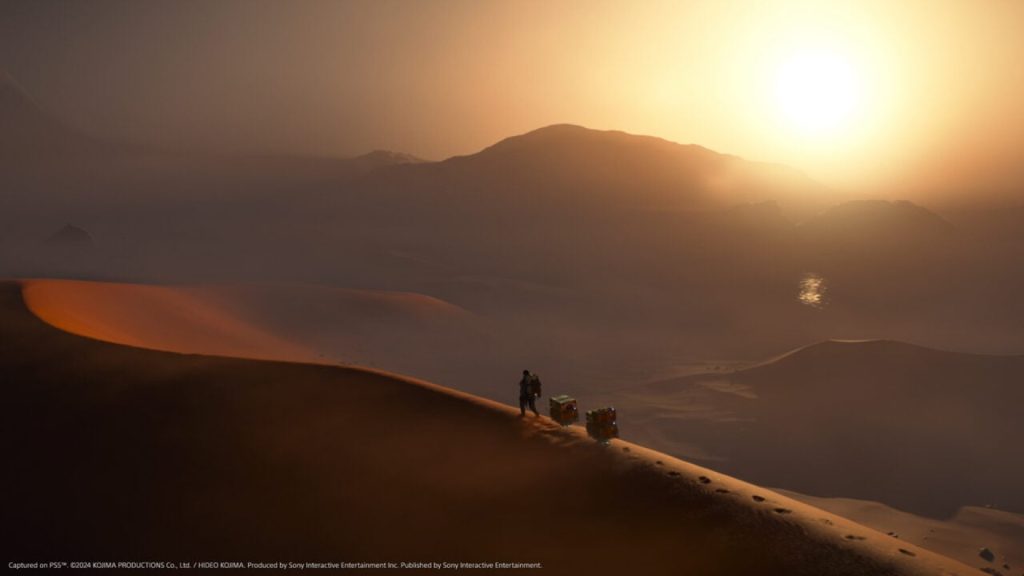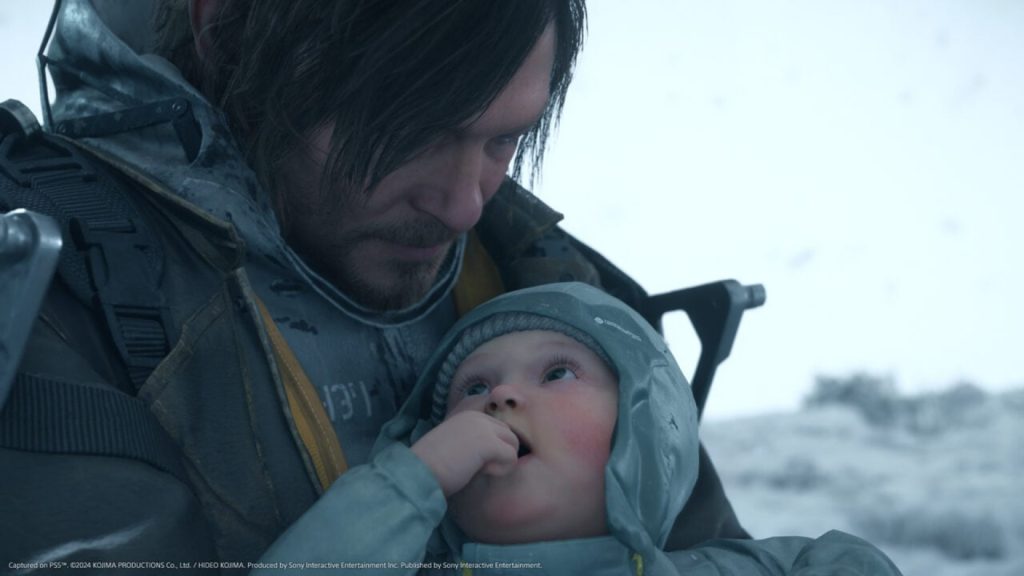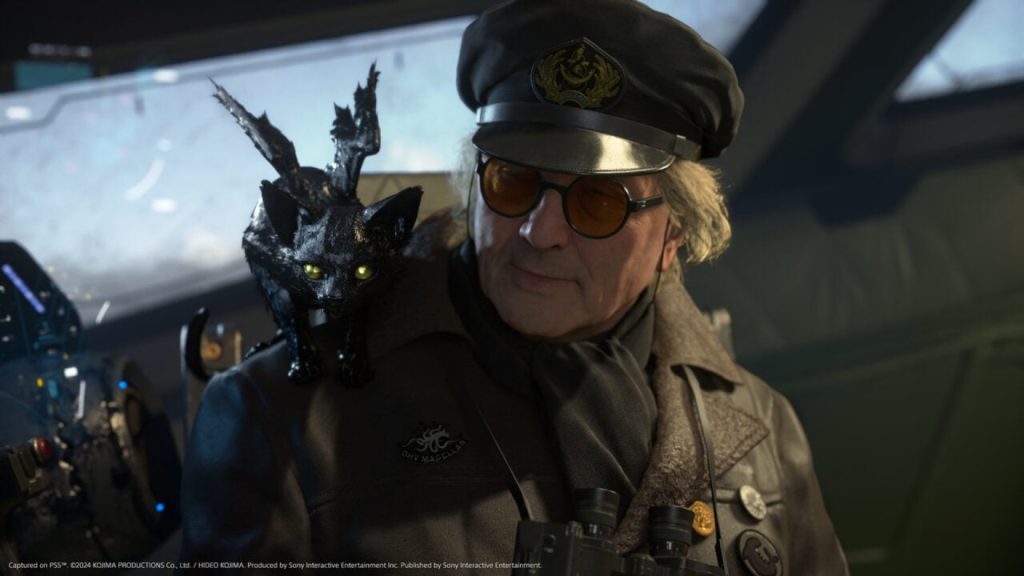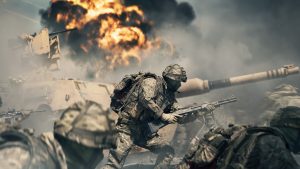
Death Stranding 2 is nearly here, and as the long-awaited sequel draws closer to launch, anticipation among fans of Hideo Kojima’s work is reaching new heights. With its release just around the corner, we’ve taken a deep dive into the world of this upcoming PS5 exclusive. In this guide, we’re sharing a handful of beginner-friendly tips and tricks for Death Stranding 2: On the Beach, some will feel familiar to veterans of the original game, while others offer fresh insights into what’s new.
PLANNING ROUTES

Planning routes is one of the central aspects of Death Stranding 2’s core gameplay loop, same as its predecessor, which means it’s something that you’ll be doing quite a lot of. Any time you’re about to head out on a mission, the game will give you the opportunity to plan out your route, and you should definitely take that opportunity, especially as you get deeper into the game and start encountering more difficult missions. Figuring out what challenges you’re going to face in terms of terrain, weather, BT, bandits, and more and planning your routes and journeys based on those factors is key to the Death Stranding 2 experience.
NAVIGATING TERRAIN
Making your way around Death Stranding 2’s world is your central obstacle in the game, which means you will once again be spending your time studying and analyzing the terrain around you and figuring out how to deal with it. That won’t always require too much thought obviously, because sometimes it will just be as simple as, well, making your way across a chasm or a river, but often you’ll find yourself in challenging areas where properly studying your surroundings and figuring out how best to move will be key to making progress.
AUTO ARRANGE
Arranging your cargo and keeping an eye on how much weight you’re carrying is a central part of planning (and, of course, actually executing) your trips in Death Stranding 2, but though it’s often recommended to do the sorting and managing of the cargo that you’re carrying manually (especially if you’re carrying a lot of stuff), sometimes it really is best to just pick the easy option. Same as the first game, Death Stranding 2 offers an auto arrange option that does exactly what its name suggests, allowing you to automatically and instantly sort all of the cargo that you’re carrying in the most efficient manner possible.
LOST CARGO

While you’re making deliveries in Death Stranding 2, you’ll often also come across lost pieces of cargo scattered throughout the open world (some of which will have been dropped by other players), and these are side activities you ideally shouldn’t be ignoring. Pick up lost pieces of cargo and deliver them to their originally intended destinations for additional rewards.
CRYPTOBITES AND CHIRAL CRYSTALS
These are easily ignorable, given that they’re fairly abundant and that they’re found quite easily in the open world, but cryptobites – aka the floating worms – and chiral crystals that you spot around the open world are actually quite useful. For instance, collect enough of chiral crystals and you’ll reduce the weight of the cargo that you’re carrying. Though marginal at first, it definitely adds up.
UPGRADING STRUCTURES
You’ll be creating plenty of structures throughout Death Stranding 2’s open world maps of Mexico and Australia with materials gathered across your trial, but simply creating them is just the first step of the process- if you’re doing it right, at least. From postal boxes to timefall shelters to bridges and more, the structures that you’ll build will be upgradable in a variety of ways and will afford a variety of different advantages- which means structure upgrades is one part of the experience you definitely shouldn’t be ignoring.
DEALING WITH WEATHER

Extreme weather and environmental hazards are among Death Stranding 2’s biggest new additions and they do impact the gameplay in some interesting ways. Timefall obviously makes a return from the first game, but you’ll also be dealing with things such as sandstorms, earthquakes, avalanches, wildfires, and more. Keeping an eye on different environmental effects, identifying their specific threats and challenges, from harsh winds to changing terrain pushing you off your planned path, and figuring out how to deal with them will become increasingly important as you make your way forward.
PRIVATE ROOM FACILITIES
You’ll often find yourselves in private rooms in the many cities you’ll be delivering to in Death Stranding 2, and though their primary purpose is obviously to be a safe haven and a rest spot for travelers (i.e. players), there’s more to them than that. From VR training to improve your weapon skills to places where you can collect of your bodily waste to use as weapons against BTs (again, same as the first game), there’s facilities available in the private rooms that are well worth making use of.
STORAGE
Inventory management is almost literally the name of the game in Death Stranding 2, which means figuring out how best to store all of your equipment is another major part of the experience. Any time you come across any terminal where you have the opportunity to stow your equipment, it’s a good idea to do so, because carrying more than you need is a good way of losing your balance and falling, which in turn is a good way of damaging what you’ve got on you.
CONTAINER REPAIR SPRAY
Speaking of damage to your cargo, Death Stranding 2 does obviously give players ways to repair said damage, similar to its predecessor. One of those, and one of the earliest ones you get your hands on, is the container repair spray- which does exactly what it says on the tin. You can point it at the cargo you’re carrying to repair damage incurred by physical impact, hits, timefall, or more.
SCANNING
This is something else that those who played the first game will be familiar with, but the scanner mounted on your shoulder (known as the Odradek in the world of Death Stranding) is an incredibly useful tool that you should be using as often as you can. How difficult a specific patch of terrain might be to traverse, any nearby lost cargo or pieces of equipment laying around, BTs in the vicinity- scanning helps uncover quite a bit, so keep doing it.
ODRADEK AT NIGHT

As useful as the Odradek can be, it’s also recommended that you pay attention to when and where you’re using it. At night, for instance, bandits and enemies will be able to spot the Odradek’s light from a distance, which will make sneaking around a lot more challenging. Make sure you have scanned and tagged enemies in your vicinity before you go turning on your Odradek within an enemy’s eyeline.
CORPUS
Final Fantasy 16, for all of its divisiveness, did win a great many people over with its Active Time Lore mechanic, and we’re glad to see it being adopted by other games. Death Stranding 2 does so as well, with the feature known as the Corpus serving as a codex that you can contextually pull up to learn more about the things being referred to in the game- which, for a Hideo Kojima game, is n immediate necessity.
HOLDING YOUR BREATH
From BTs to human bandits, you’ll be running into no shortage of your foes across your time with Death Stranding 2, and though combat is a much bigger deal here than in the first game, stealth is also much more expanded. And whether it’s BTs you’re trying to sneak past or human enemies that you’re trying to stealth takedown, holding your breath while you do so becomes increasingly important as you get deeper into the experience.
EXPLORATION
And we can’t emphasize this enough: explore, explore, and explore. Death Stranding 2 features a vast open world brimming with secrets, just like the first game. Exploration isn’t just encouraged — it’s rewarded. Take the time to learn the systems, experiment with tools, and push beyond the main path. If you do, you’ll find that the game never really runs out of things to offer.














